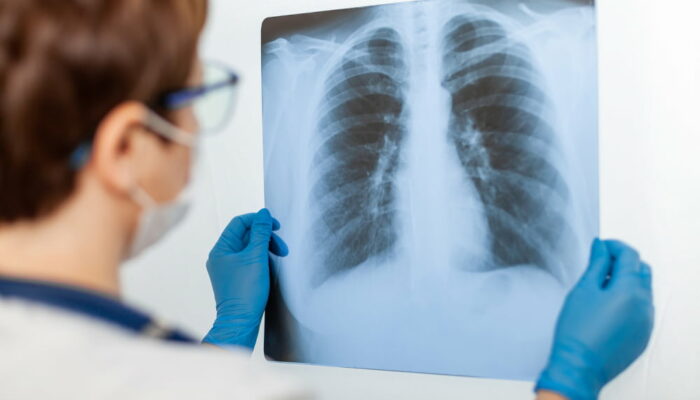
health
6 ways sleep deprivation takes a toll on one’s health
We live in a world that is always on and appreciates the people who run 24X7. This serves as great motivation to put sleep on the back burner. But sleep deprivation is not a heroic feat to boast about. According to the CDC, sufficient rest for adults is seven hours of sleep each night. Lack of sleep can make a person feel exhausted, yawn frequently, and even fall asleep at one’s desk while working. Damaged skin One’s face can usually reveal whether one’s had a rough night. A study on people with sleep deprivation showed signs like downturned corners of the mouth, dark undereye circles, and puffy red eyes. And this is not just applicable to people with chronic sleep deprivation. A good night’s sleep is a pillar of a healthy and effective skincare routine. Clinical treatments and expensive products can only partially help with one’s appearance if one is sleep deprived. Mood changes Poor sleep could affect an individual’s mental, physical, and emotional health. Statistics suggest that people with anxiety and depression are more likely to experience insomnia. Short-term sleep loss could also impact mood, relationships, and stress levels. People dealing with sleep deprivation can experience increased sensitivity to life and work pressures, making them anxious.
Read More 








